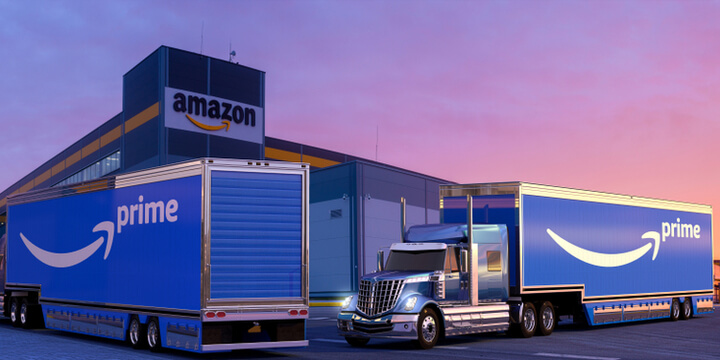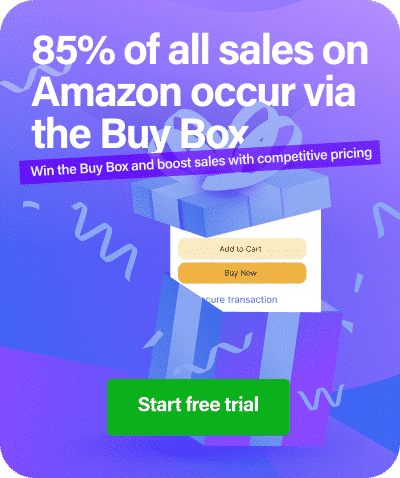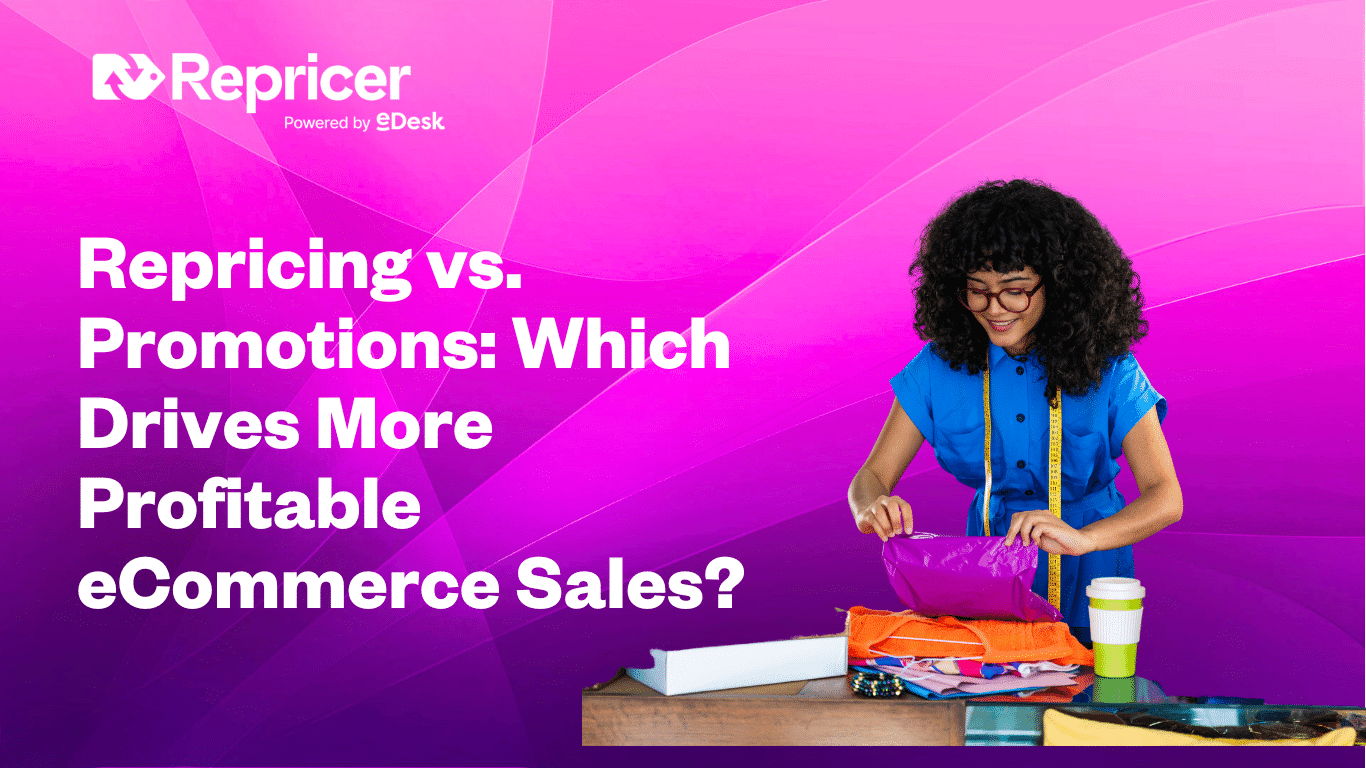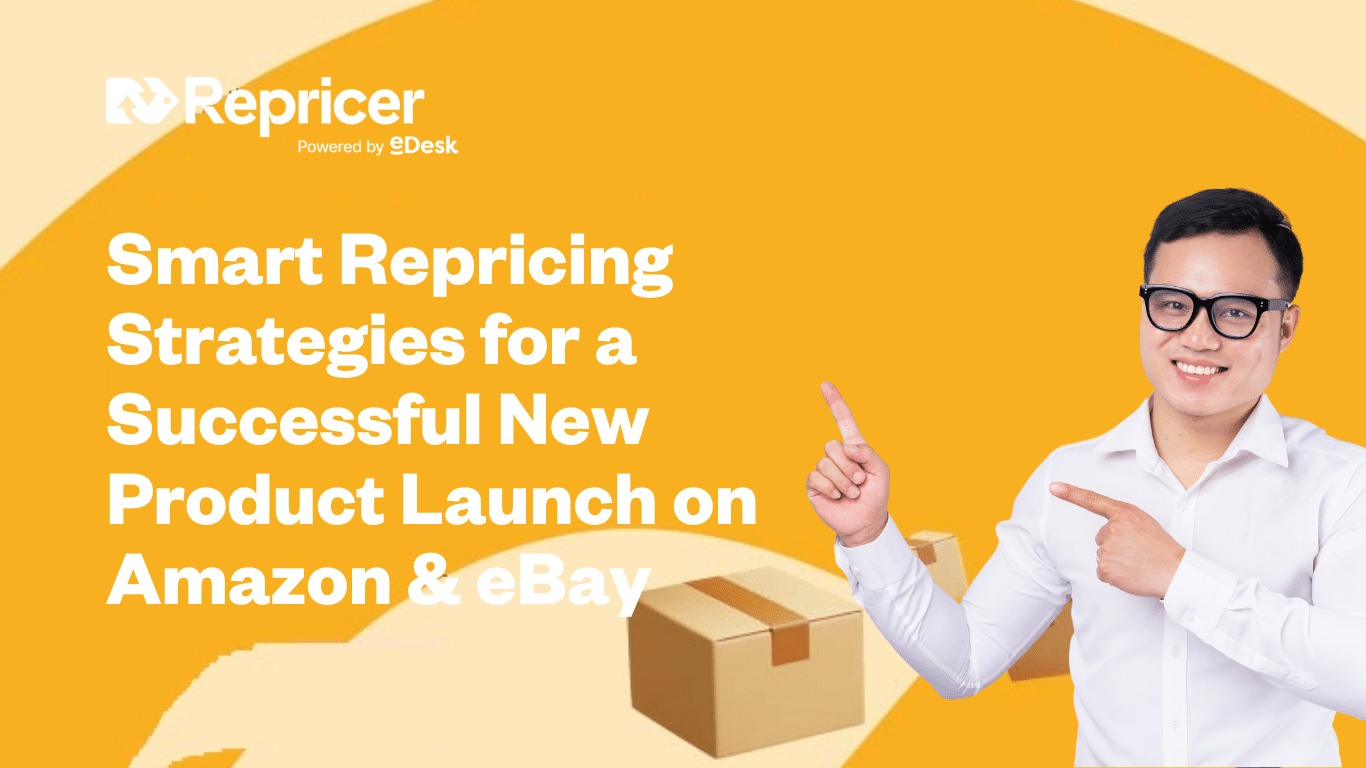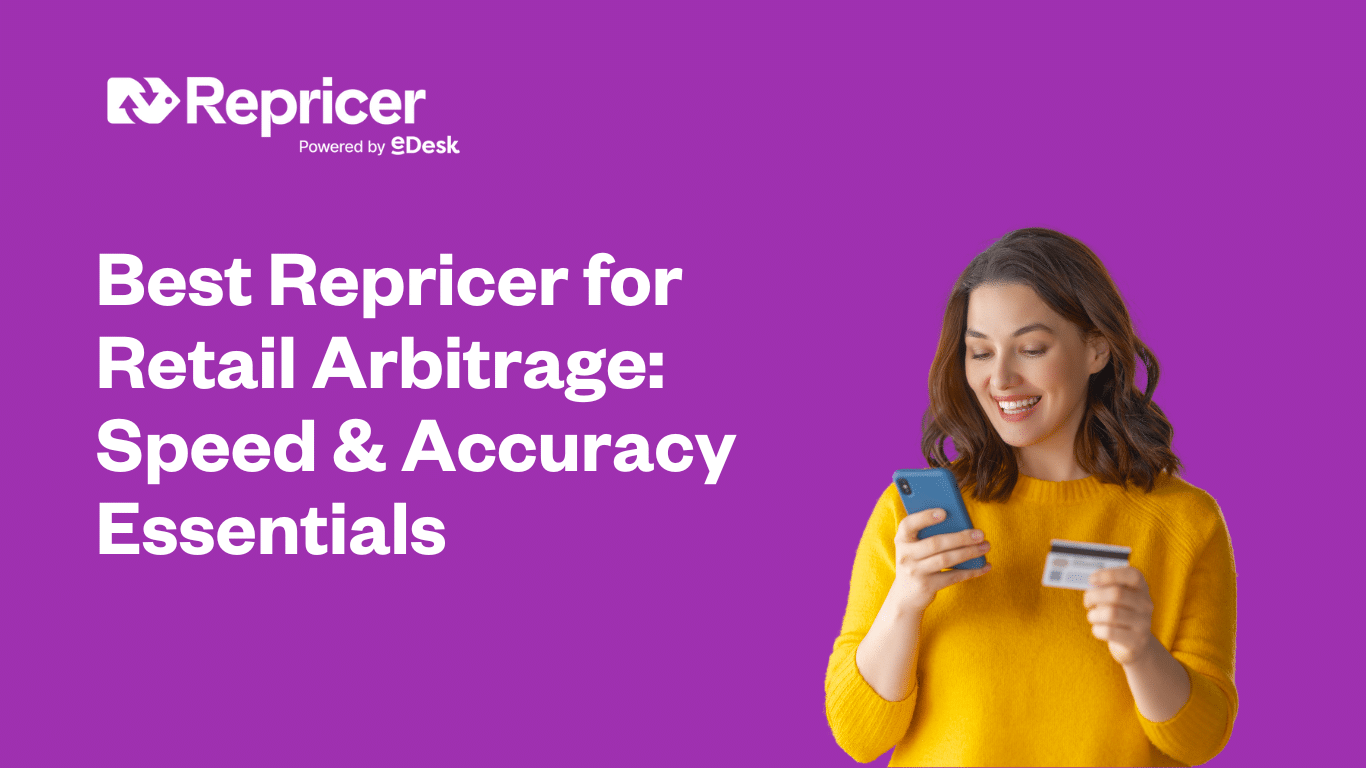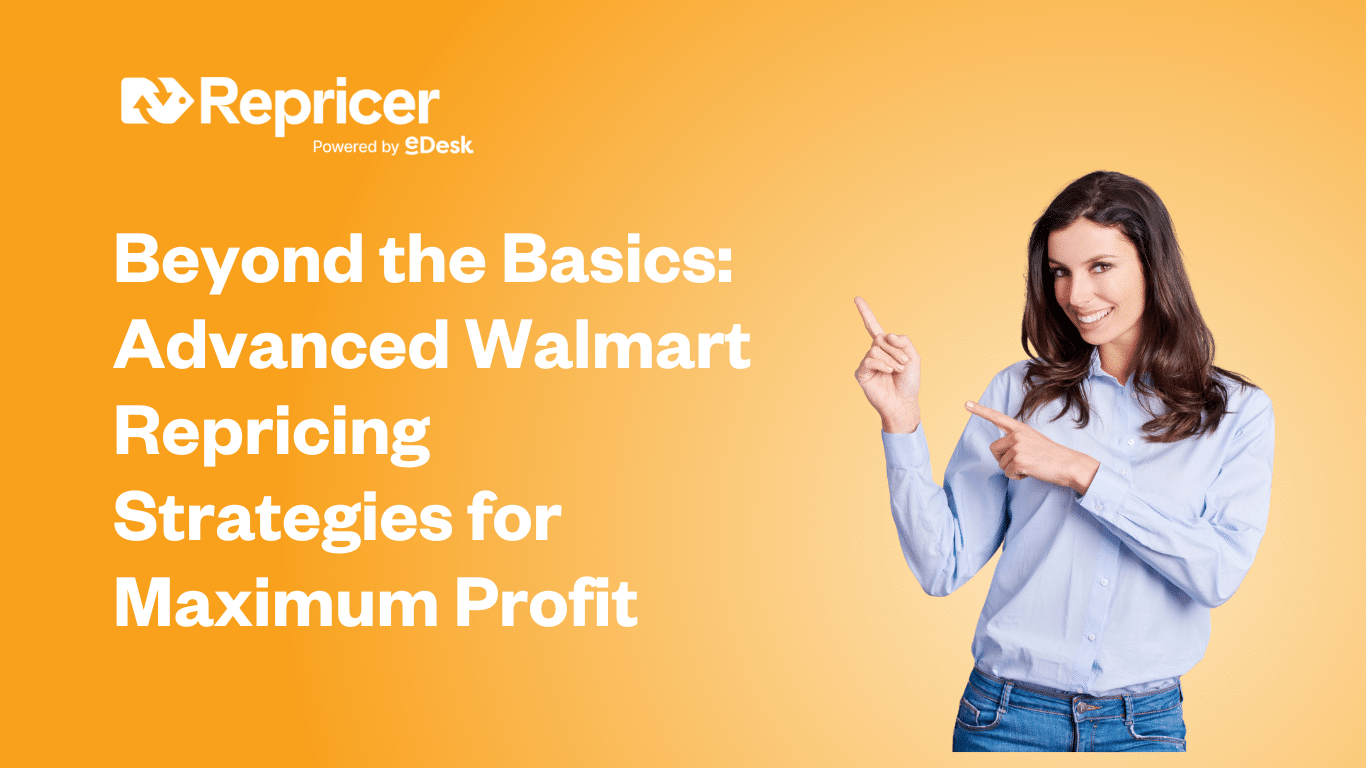Fulfillment by Amazon (FBA) can be a handy tool and one of the biggest draws for customers, but it might not be right for every seller. If you’re wondering whether to take the plunge, Repricer.com has these pros and cons of Amazon FBA for you to consider first.
Pros of Using Amazon FBA
- Amazon Prime Customers. When you use FBA, you’re automatically eligible to sell to Amazon Prime customers, that batch of tens of millions of buyers who pay extra to get free and fast shipping. With over 200 million Prime members worldwide in 2025, this provides access to a vast customer base eager to purchase with confidence.
- Buy Box Advantage. Winning the Buy Box makes it incredibly easy for buyers to purchase your product, but more than that, it vastly increases the visibility of your products to leapfrog you ahead of the competition. Using FBA makes it significantly easier to win a Buy Box, as Amazon’s algorithm favors sellers using their fulfillment service.
- Higher Sales. Think of FBA as buying a fast pass for rides at an amusement park. You invest a little bit of money, and you get to cut ahead of a lot of people to enjoy higher sales. Recent studies show that FBA sellers can experience up to 30-40% higher conversion rates compared to sellers who handle their own fulfillment.
- Brand Trust. When you have the FBA badge on your product pages, it’s a clear signal to buyers that you’ve got the backing of Amazon and they’re guaranteed of an easy, consistent shopping experience. This trust factor significantly improves customer confidence in making purchases.
- Transporting Products. Your products have to make their way to an Amazon fulfillment center and with FBA, that’s all taken care of, so you can sit back and focus on something else. With Amazon’s inbound placement service seeing fee reductions in 2025 (especially for large bulky items), shipping to fulfillment centers is becoming more cost-effective.
- Ease of Shipping. You can handle the shipping process yourself, starting from picking and packing products to negotiating deals with couriers. Or you can use FBA and have Amazon handle everything, making life a lot easier for yourself. Automate FBA Pricing to further streamline your operations.
- Customer Support. There’s a lot involved in customer support, especially providing good service. You have to answer questions promptly, deal with complaints, handle returns, and make sure you can do so in every language offered by the marketplace you sell in. But with FBA, Amazon takes care of all of that.
- Product Storage. If you don’t have the luxury of a lot of affordable storage, keeping your products in one easy-to-access location can be tough. FBA takes that load off your shoulders with their fulfillment centers, which are incredibly huge places that can house a lot of goods. This also means you can be more relaxed about stocking your inventory when scaling up. Improve Inventory Management to optimize your storage costs.
- Multichannel Options. Using FBA doesn’t limit you to selling on Amazon, as you can use this service with Shopify, Magento, BigCommerce, WooCommerce and other platforms that support Amazon FBA. This multichannel fulfillment capability gives you flexibility to expand your business across multiple platforms.
- Hassle-free Returns. No retailer likes dealing with returns, but they’re an inevitable part of doing business. By using FBA, Amazon will take care of returns and refunds so you’re not faced with it, providing a seamless experience for your customers.
Cons of Using Amazon FBA
- Fulfillment Fees. If you’re not grossing enough each month, the FBA fees can really cut into your profit margin. There are also multiple fees for things like storage, packaging, shipping, listing and more. While Amazon has announced no fee increases for US referral and FBA fees in 2025, sellers need to understand the Amazon Seller Fees Guide to calculate true profitability.
- Branding Limitations. If you’re a private label seller, then using FBA could have implications on your ability to grow your brand, because Amazon will put their branding on the packaging, not yours. This reduced control over customer experience can impact your long-term brand-building efforts.
- Lack of Control. The upside of using FBA is Amazon handles most of the shopping/shipping/fulfillment process. The downside of using FBA is Amazon handles most of the shopping/shipping/fulfillment process. If you want to control and customize every aspect of the shopping experience, you won’t be able to with FBA.
- Increased Returns. One aspect of successful selling is minimizing returns. But when Prime shoppers see easy returns as one of the perks they’re entitled to, they tend to take advantage of it far more often. This can lead to higher return rates compared to other fulfillment methods. Evaluating whether Amazon FBA vs Dropshipping is right for your business model becomes important.
Final Thoughts
While using Amazon FBA can be an incredibly helpful choice to streamline operations and free up time, it’s not for all sellers. But if you want to grow your business, improve customer support (and in multiple marketplaces) or simplify things for yourself, FBA might be worth another look. Should I Use FBA? This question depends on your specific business needs and goals.
Repricer.com is the fastest Amazon repricer on the market and a proud member of Amazon’s Marketplace Developer Council. Try repricing free for 14 days and increase your profits on Amazon, eBay, Walmart, Shopify and more.
